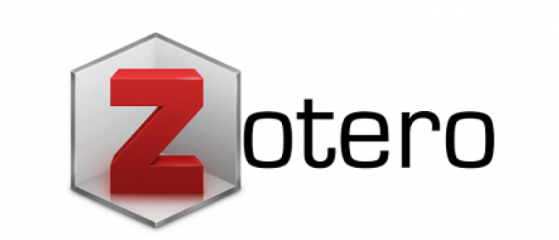Analysis of the Threat of Social Conflict between Local Communities and Immigrants in the Capital Region of the Indonesian Archipelago
DOI:
https://doi.org/10.70710/sitj.v2i2.55Keywords:
Immigrant Community, Indonesian Capital, Intelligence Strategy, Local Community, Social ConflictAbstract
This article aims to examine the potential for social conflict between local communities and immigrants in the Indonesian Capital City (IKN) as a result of social, cultural, and economic inequality. Using a qualitative approach, data were collected through interviews, observations, and documentation studies. The results of the study indicate that social exclusion, disparities in facilities, and lack of communication between communities are the primary triggers of conflict. This study emphasizes the importance of early detection and intelligence strategies in mitigating conflicts that can disrupt national stability. This article aims to examine the potential for social conflict between local communities and immigrants in the Indonesian Capital City (IKN) as a result of social, cultural, and economic inequality. Using a qualitative approach, data were collected through interviews, observations, and documentation studies. The results of the study indicate that social exclusion, disparities in facilities, and lack of communication between communities are the primary triggers of conflict. This study emphasizes the importance of early detection and intelligence strategies in mitigating conflicts that can disrupt national stability.
Downloads
References
Alo, L. (2015). Prasangka dan konflik: Komunikasi lintas budaya masyarakat multikultur. LKIS.
Anderson, B. (2006). Language and power: Exploring political cultures in Indonesia (pp. 17-77). Equinox.
Brodjonegoro, B. (2019, September 16). Investasi dan strategi pembiayaan ibu kota negara [Paper presentation]. Dialog Nasional IV Pemindahan Ibu Kota Negara: Menuju Ibu Kota Masa Depan "Smart, Green, Beautiful, and Sustainable", Jakarta, Indonesia.
Coser, L. A. (1956). The functions of social conflict. Free Press.
Faturochman. (1993). Kemiskinan dan ketidakadilan. Gadjah Mada University Press.
Harianto. (2023). Potential social impacts of the capital relocation plan. Jurnal Pembangunan Nasional, 8(1), 45–67.
Nicky. (2023, June 15). Masyarakat lokal 'merasa terusir' dari tanah mereka saat IKN digadang jadi 'magnet ekonomi baru' – 'Kami tidak akan melihat kota itu'. BBC Indonesia. https://www.bbc.com/indonesia/articles/cljl4lzw2dxo
Prunckun, H. (2019). Intelligence and threat analysis. Rowman & Littlefield.
Purwaningsih, D. (2023, November 28). Dampak sosial pemindahan ibu kota terhadap masyarakat adat. Greeners. https://www.greeners.co/berita/dampak-sosial-pemindahan-ibu-kota/
Riski, P. (2022, May 30). Sosiolog ingatkan pemerintah antisipasi masalah sosial terkait pemindahan IKN. VOA Indonesia. https://www.voaindonesia.com/a/sosiolog-ingatkan-pemerintah-antisipasi-masalah-sosial-terkait-pemindahan-ikn/6585018.html
Sugiyono. (2018). Metode penelitian kuantitatif, kualitatif, dan R&D. Alfabeta.
Sukarno. (2014). Pengantar ilmu intelijen. LIPI Press.
Tovino, A. P., Anggraini, R. A. P. D., & Labibah, K. A. (2024). Dampak pemindahan ibu kota negara baru terhadap masyarakat adat [Unpublished manuscript]. Universitas Muhammadiyah Surakarta.
Undang-Undang Nomor 3 Tahun 2022 tentang Ibu Kota Negara. (2022).
Undang-Undang Nomor 7 Tahun 2012 tentang Penanganan Konflik Sosial. (2012).
Undang-Undang Nomor 17 Tahun 2011 tentang Intelijen Negara. (2011).
Valentina, A., & Elsera, M. (2023). Ketahanan sosial masyarakat nusantara. Jurnal Ketahanan Nasional, 7(2), 123–140.
Zainal, A. (2020). Strategi intelijen negara dalam keamanan nasional. Jurnal Keamanan Nasional, 6(2), 101–115.
Zhang, W., et al. (2017). Kazakhstan, 2017-2021: Promoting economic diversification, inclusive development and sustainable growth. Asian Development Bank Report 2017. Asian Development Bank.
Downloads
Published
How to Cite
Issue
Section
License
Copyright (c) 2025 Security Intelligence Terrorism Journal (SITJ)

This work is licensed under a Creative Commons Attribution-NonCommercial-ShareAlike 4.0 International License.









